Artists with Strange Collections
Artists with Strange Collections
1. Georgia O’Keeffe – Rocks and Bones
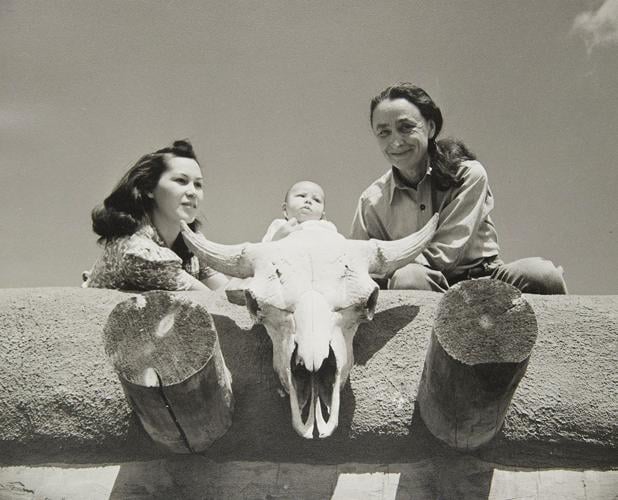
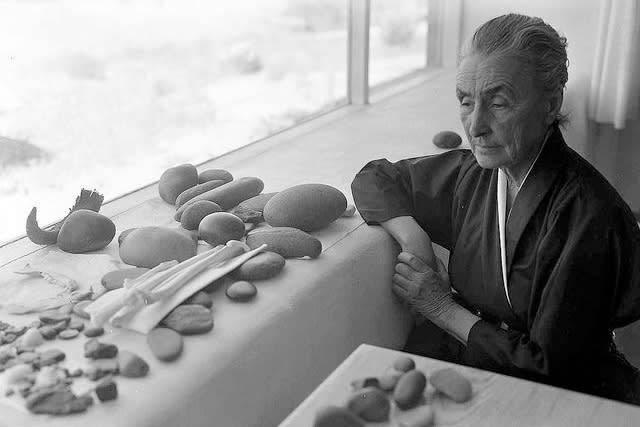
The iconic painter Georgia O’Keeffe of the Southwest collected rocks, skulls, and bones, which inspired her landscapes and still-life works.
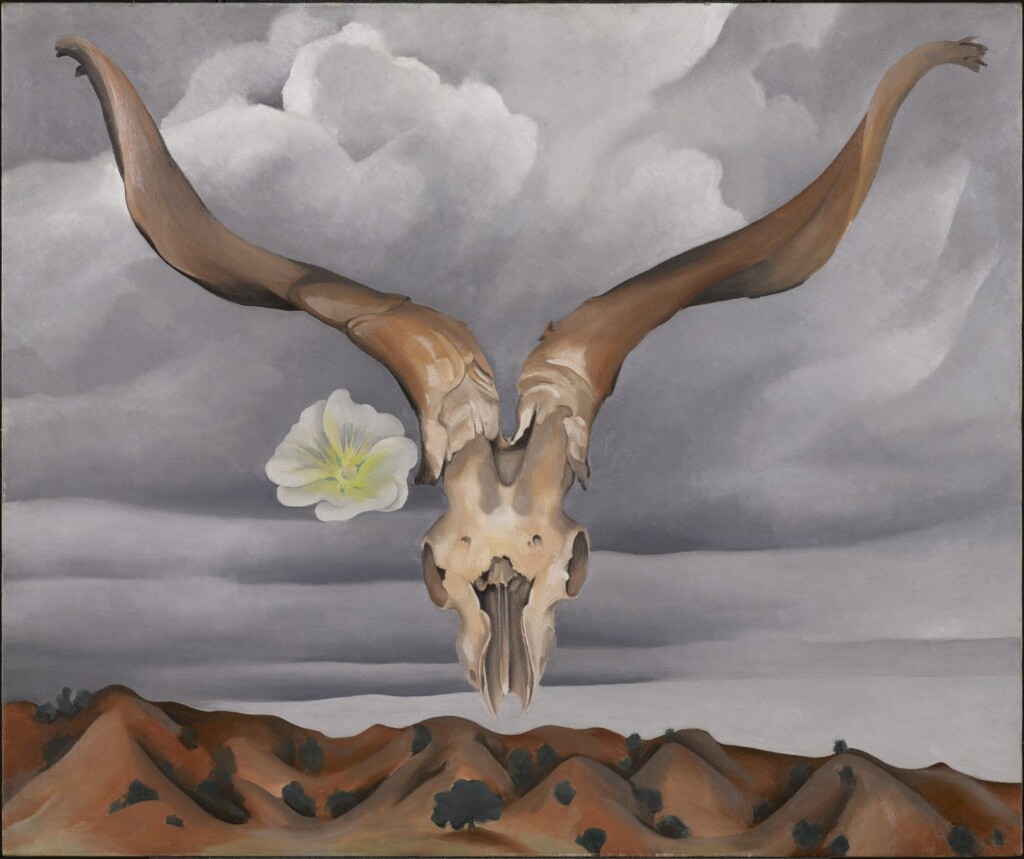
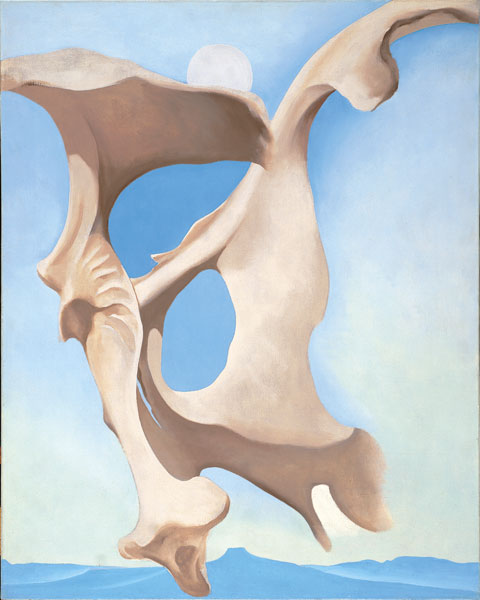
2. Damien Hirst – Medical Oddities


The British artist, known for his controversial works, has a vast collection of antique medical equipment and specimens, including skeletons and surgical instruments.
Often including medical themes in his work including medicine cabinets, pills, and installations, he explores the complex relationship between society and medicine, and the role of science in curing disease.
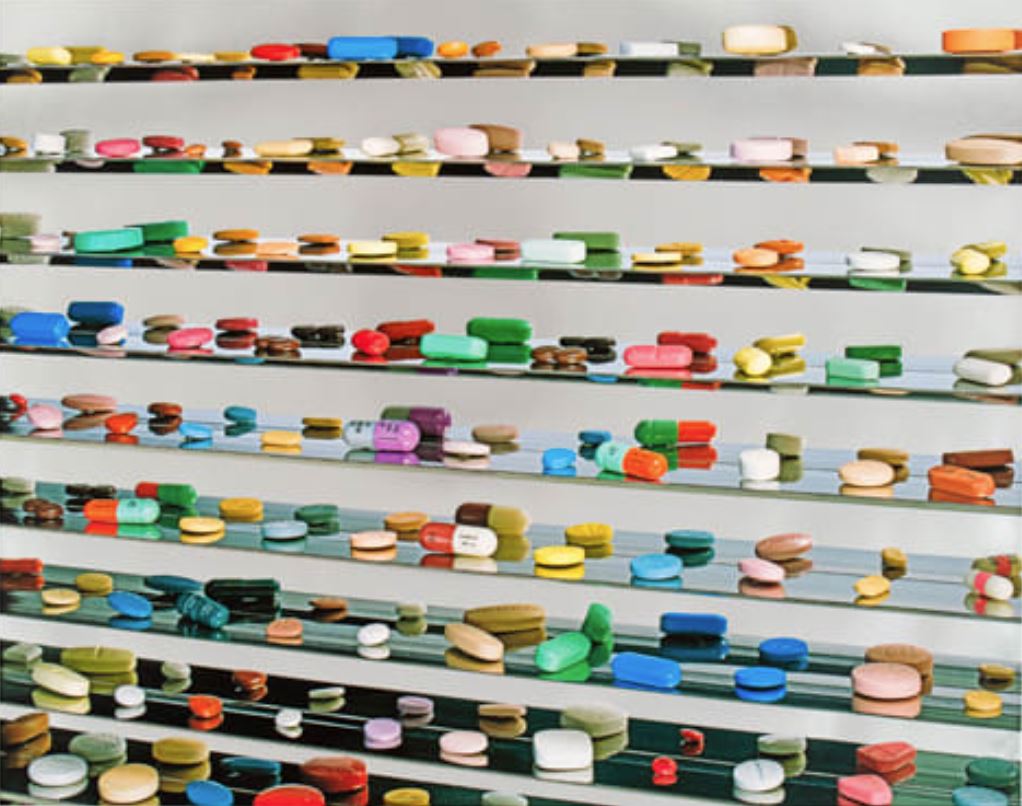

3. Andy Warhol – Cookie Jars
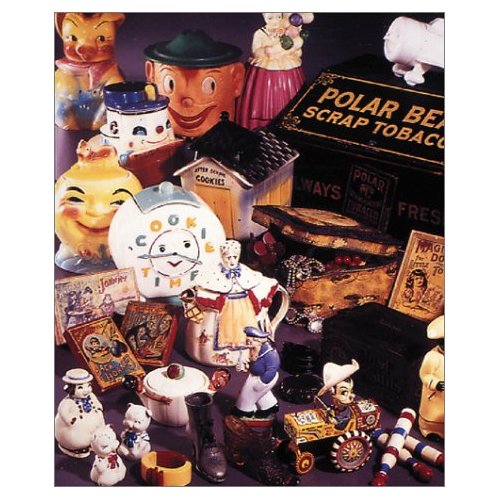
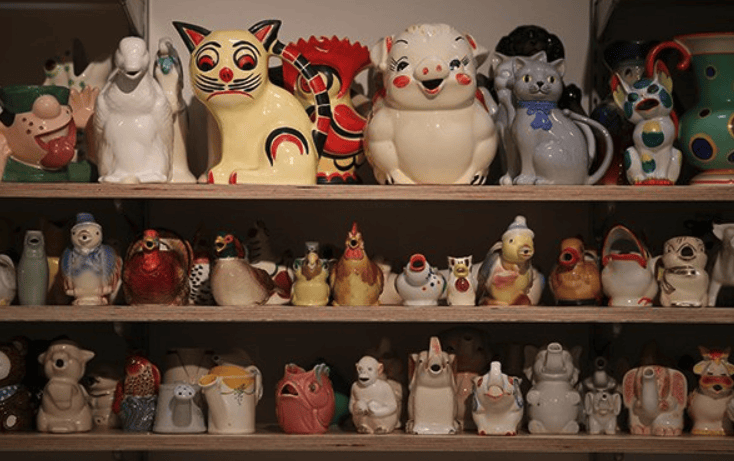
Andy Warhol, the iconic Pop artist, was an avid collector of various items, with a particular fondness for vintage cookie jars. He amassed approximately 175 ceramic cookie jars, primarily sourced from flea markets and antique shops. These jars, often whimsical and shaped like animals, clowns, or other figures, resonated with Warhol’s appreciation for Americana and everyday objects.
In the 1970s, when asked about his interest in these jars, Warhol remarked, “They are time pieces,” reflecting his view of them as nostalgic artifacts representing a bygone era.
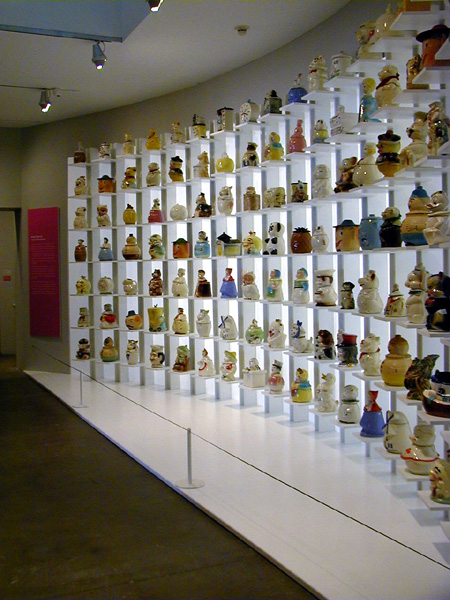
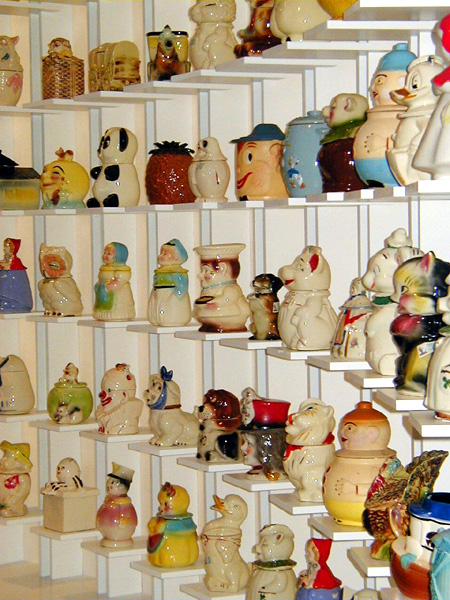
Artists with Strange Collections
4. Ed Ruscha – Matchbook Covers
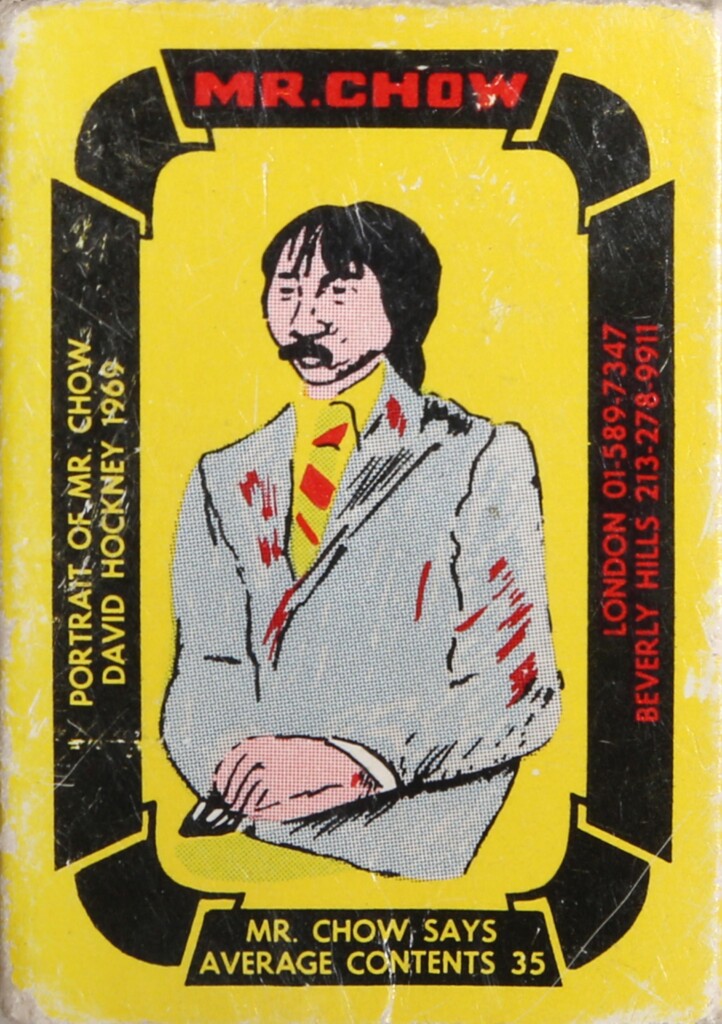

Ruscha, known for his text-based paintings, has amassed a peculiar collection of matchbook covers from restaurants, hotels, and bars.
Ed Ruscha, a prominent American artist, is renowned for his depictions of everyday objects and urban landscapes, often incorporating elements of popular culture into his work. One notable example is the Mr. Chow Matchbox from 1984, a collaborative piece with David Hockney.
In 1984, the famed Mr. Chow restaurant, a cultural hub in Hollywood during the 1980s, produced a matchbox featuring silkscreen artworks by Ed Ruscha and David Hockney. One side of the matchbox displays Ruscha’s “Mr. Chow L.A.” (1973), while the other showcases Hockney’s “Mr. Chow Portrait” (1967). This matchbox serves as a testament to the intersection of art, dining, and celebrity culture during that era.
While this matchbox is a notable example, there is limited public information about Ed Ruscha collecting matchboxes as a personal hobby. His artistic practice, however, often involves the depiction of commonplace items, suggesting a deep appreciation for everyday objects and their cultural significance.
5. Mark Dion – Natural Specimens
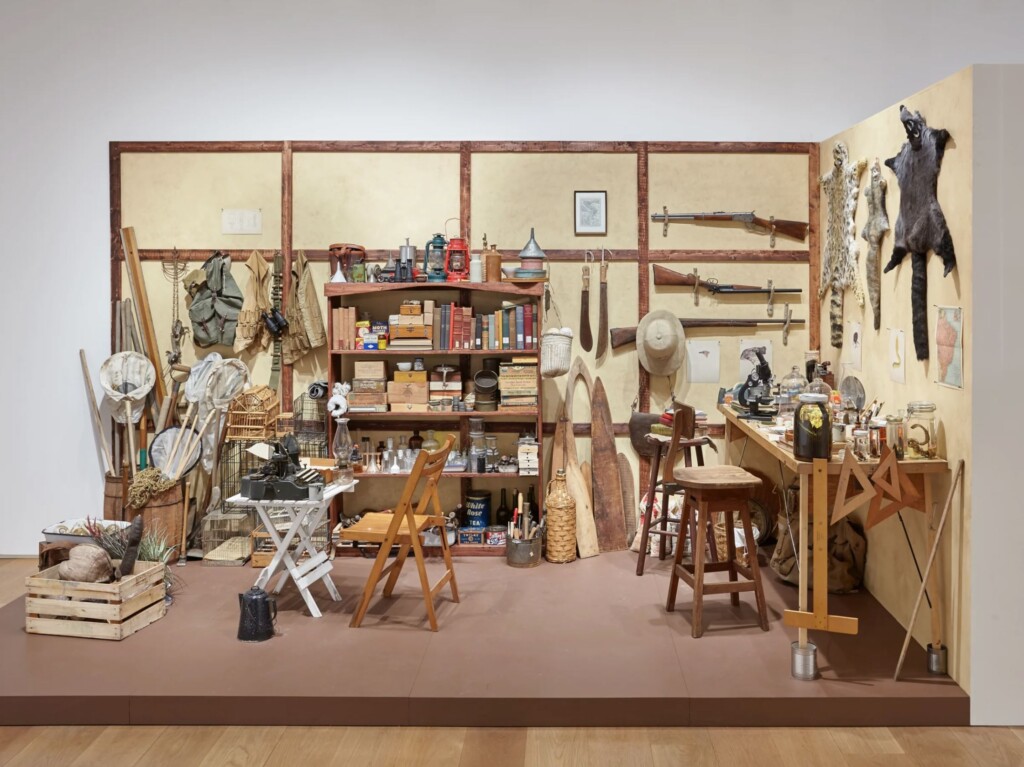
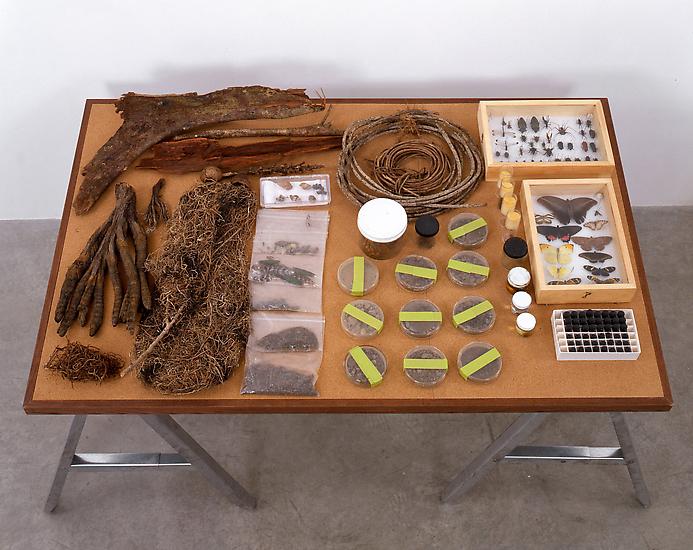
Mark Dion, a contemporary American artist, is known for his thought-provoking installations that blend art, science, and natural history. His fascination with natural specimens forms the core of much of his artistic practice, as he critiques the ways we organize and interpret knowledge about the natural world.
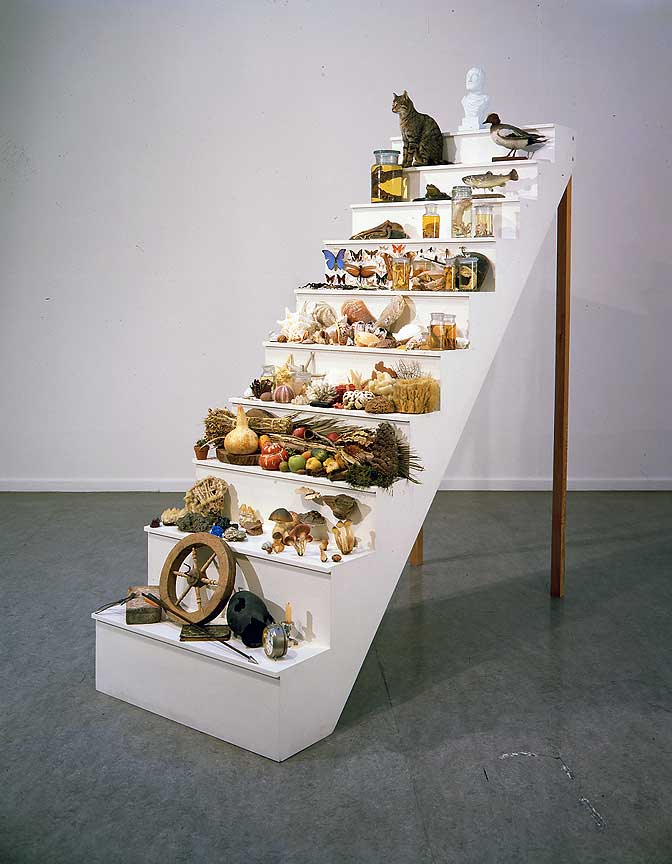
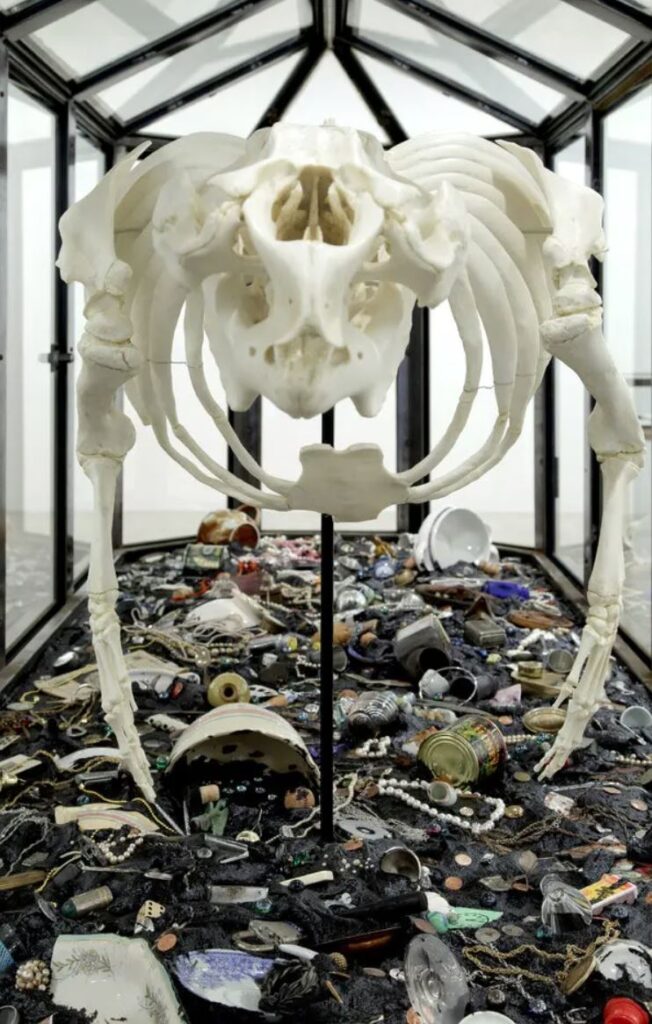
Artists with Strange Collections
6. Hannah Höch – Dolls
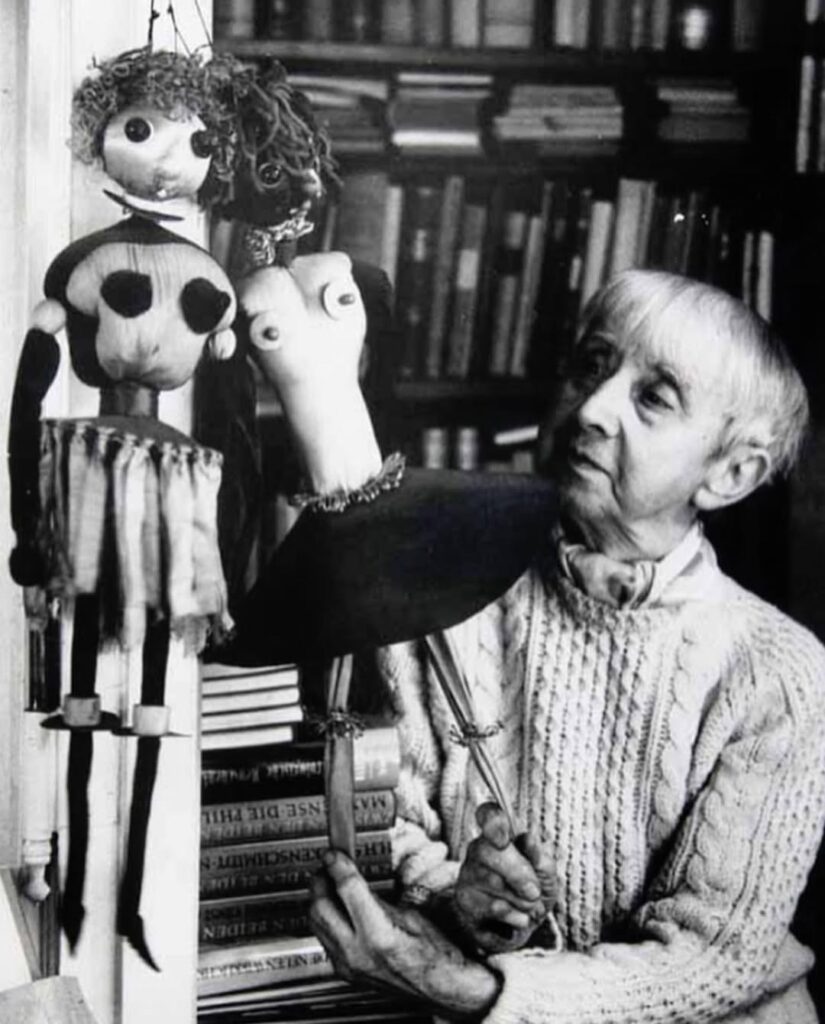
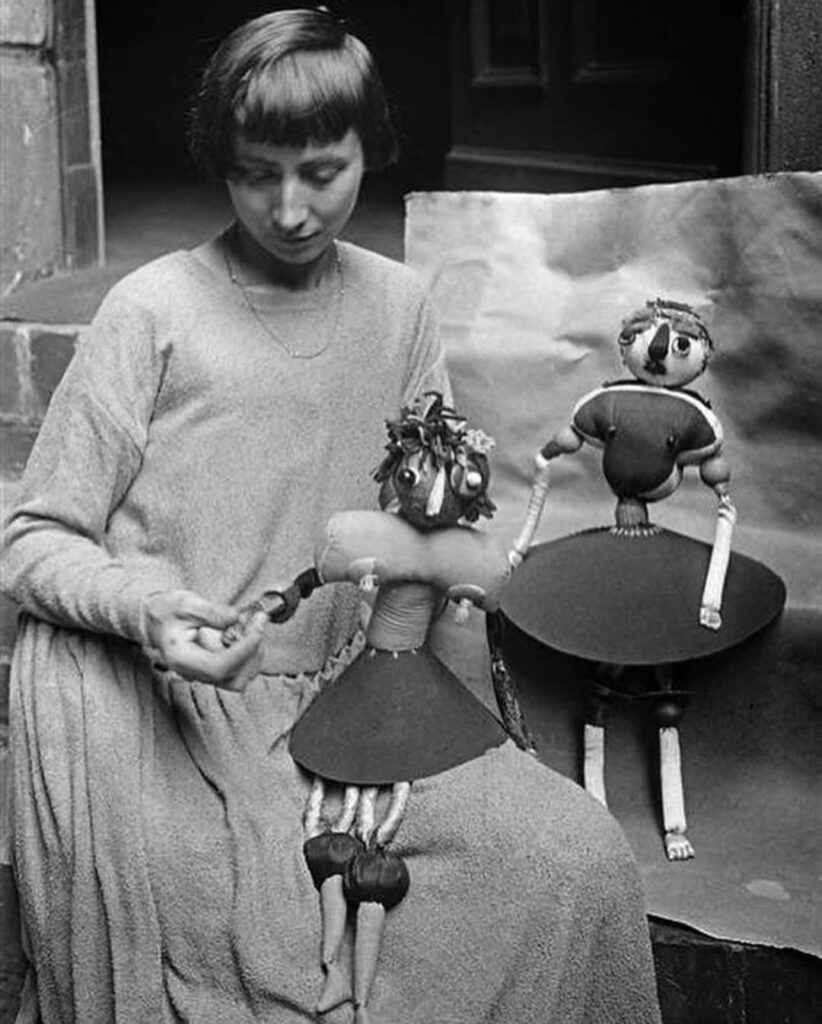
Hannah Höch, a pioneering German Dada artist, is renowned for her photomontages and her exploration of identity, gender, and societal norms. Among her diverse artistic endeavors, she created a series of Dada dolls that reflect her innovative spirit and critique of contemporary culture.
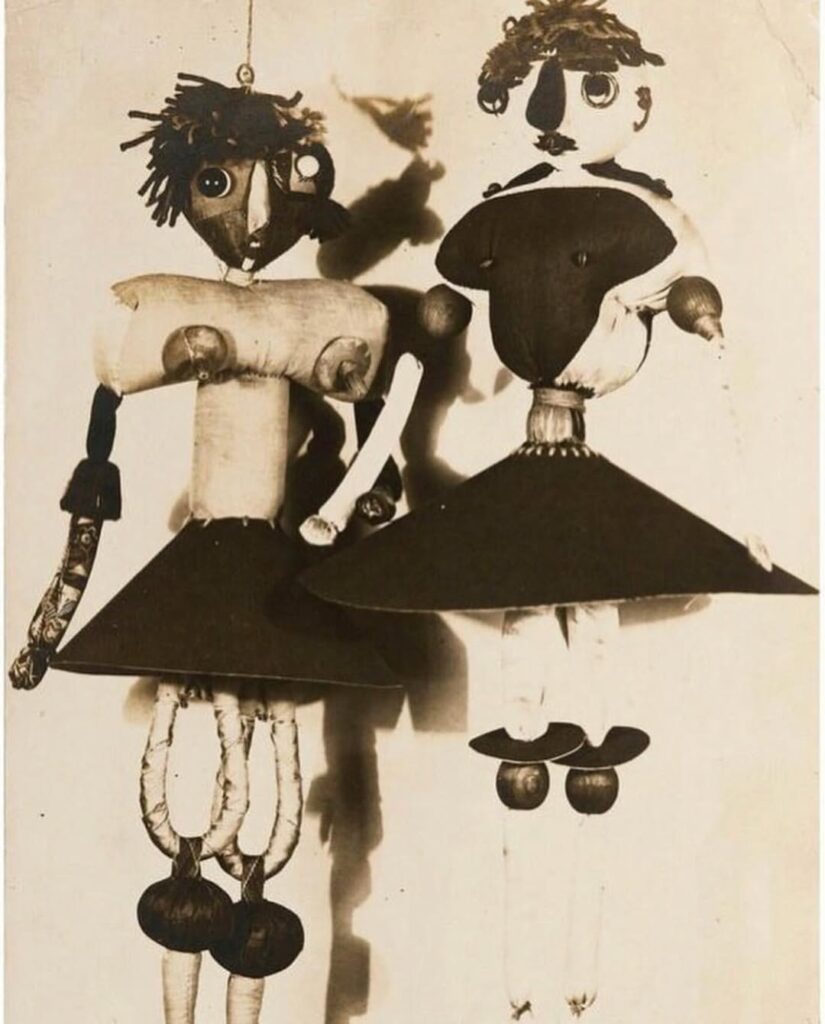
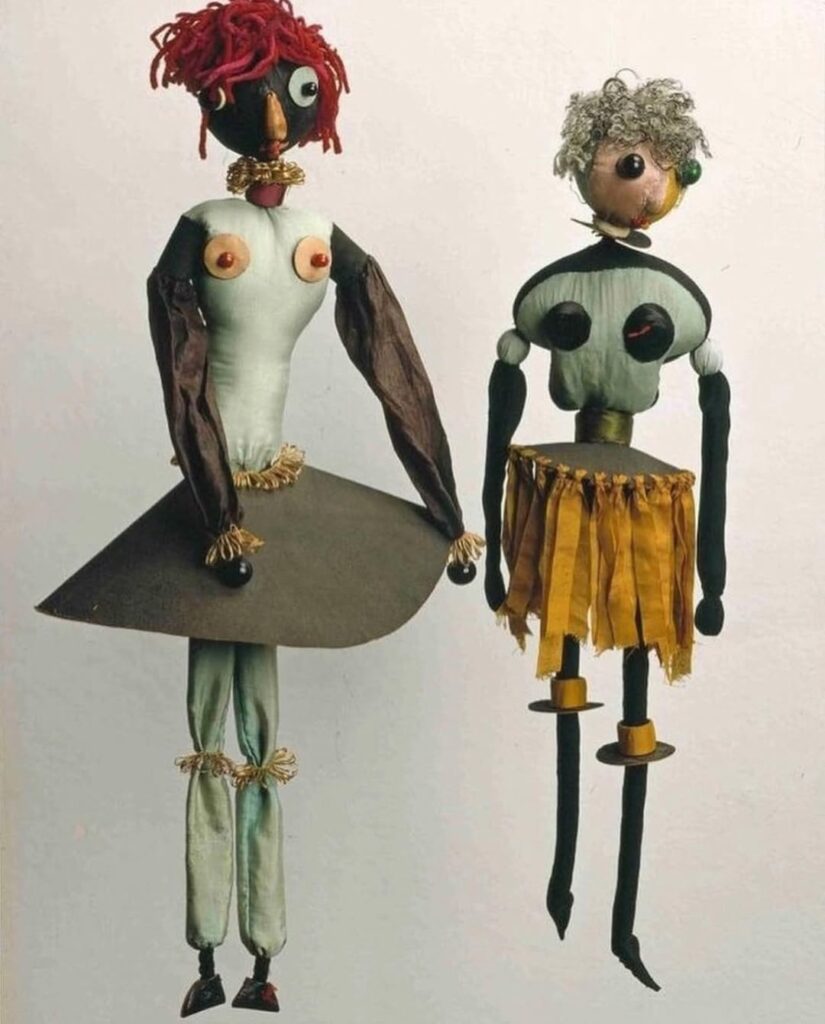
7. Salvador Dalí – Walking Sticks
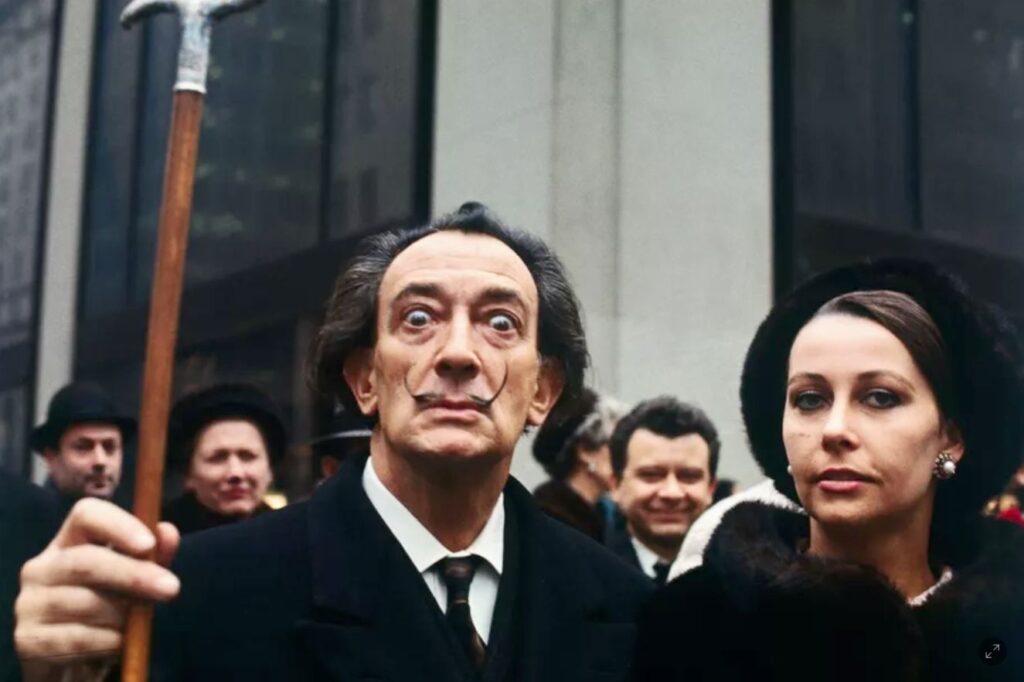
Salvador Dalí, the renowned Surrealist artist, was known for his eccentric personality and distinctive personal style, which often included the use of ornate walking sticks. These accessories were not only functional but also served as extensions of his artistic expression, reflecting his fascination with unique and surreal objects. Dalí’s walking sticks often featured elaborate designs, such as silver-plated sculptures and intricate carvings, exemplifying his penchant for blending art with everyday items. For instance, a rare walking stick attributed to Dalí showcases a silver-plated bust of the artist himself, mounted on a black wood cane, highlighting his flair for self-representation and theatricality.
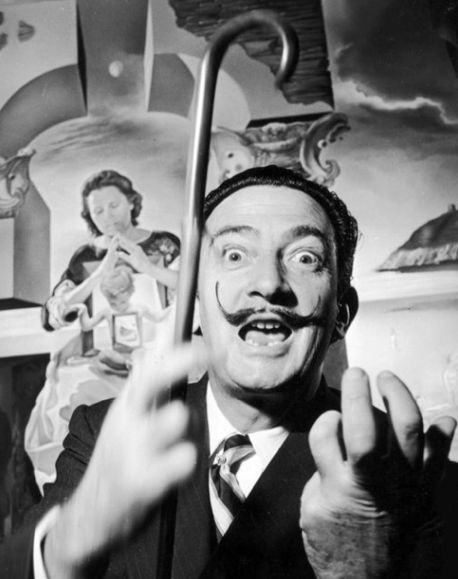
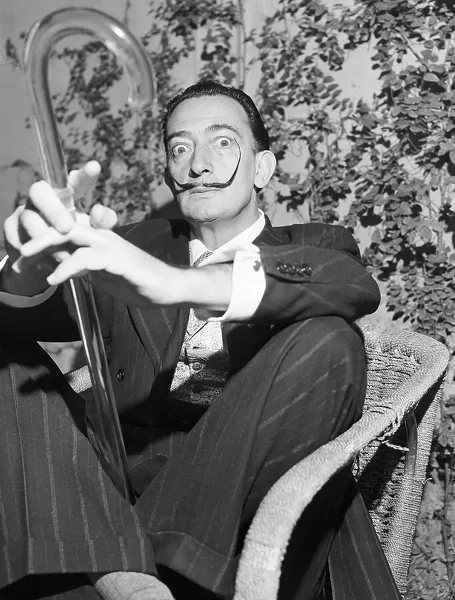
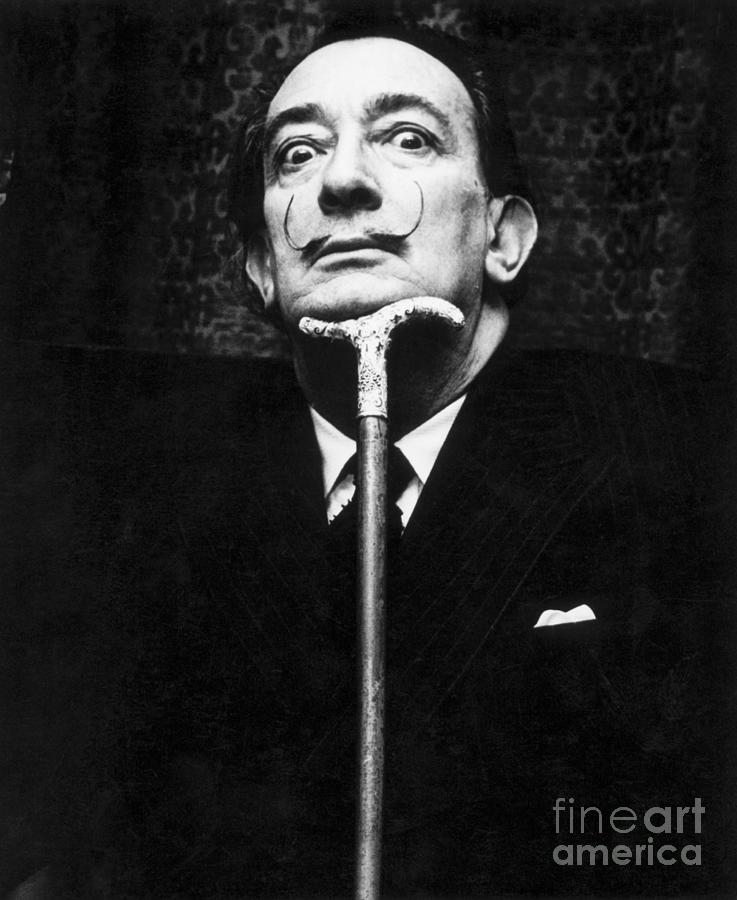
8. Nick Cave – Found Objects for Soundsuits
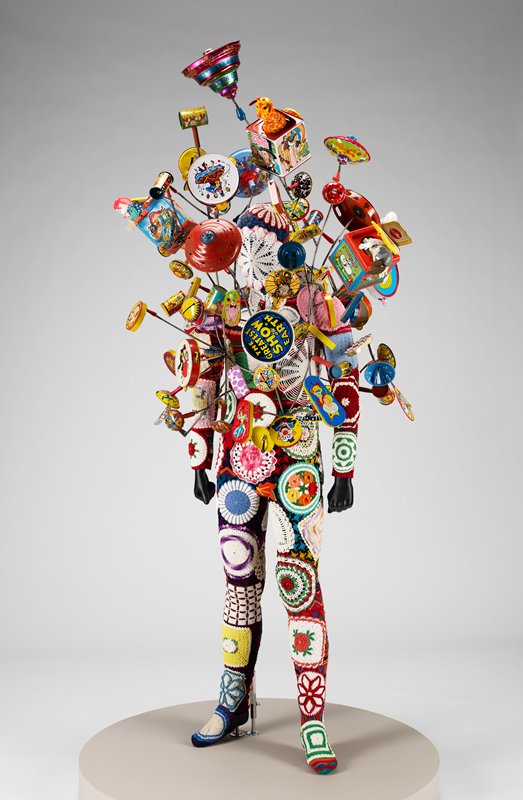

Nick Cave’s Soundsuits are iconic wearable sculptures that blur the boundaries between performance art, fashion, and sculpture. They are both visually stunning and deeply symbolic, addressing themes of identity, social justice, and resilience. Here’s an overview of these remarkable creations:





